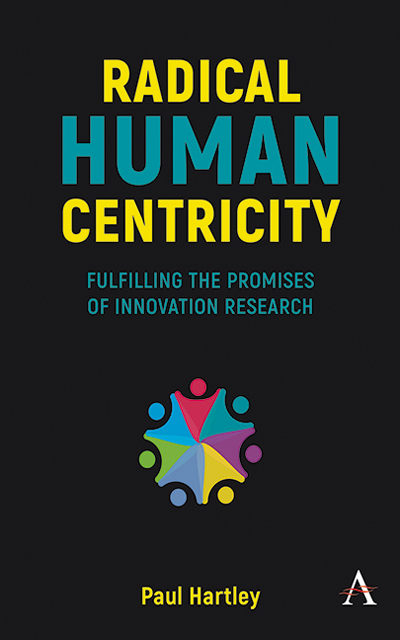Summary
In research, the generate phase is focused on the articulation of insights and the establishment of a common understanding of the context.
Insights
In Chapter 6, I established the purpose and structure of an insight, which describes, explains, and predicts a particular phenomenon in context. This describes what they should be, but there are some practical considerations that need to be addressed as they are developed.
Description
As a descriptive construct, an insight should detail something as thickly as possible. But this description needs to be organized so that it allows the audience to view the content of the insight through the eyes of a cultural insider. This is not the time to foster a clinical perspective. This is important because this description allows the audience to get a visceral sense of the distance between them and their customer/user/patient.
Define
Insights should raise concepts and terms that are completely new to the audience. It is easy to do this if you draw from the terminology native to the context you studied. However, this means an insight should also help the audience understand the meaning of these terms or the importance of the concepts. Here we are staring to being the translation process and providing the intended audience access to ideas they need to understand.
Translate
Insights should point towards the culture and perspective of the audience. They should serve as a bridge between the people who were studied and the people who want to learn about them. As such, the fundamental purpose of insight is to be a bridge between these two groups.
This is not an easy thing to do, because it involves an intimate knowledge of both. If one is a consulting researcher, then there needs to be time and effort devoted to learning about the client and their internal politics, knowledge system, and the perspectives they have on the world. One of the most useful tools to use to accomplish this is conducting a set of baselining interviews at the beginning of a project. These interviews should be with the people running the project, receiving the work (e.g., design group, engineering teams, etc.), and the stakeholders who have a voice in determining whether or not the project was successful.
- Type
- Chapter
- Information
- Radical Human CentricityFulfilling the Promises of Innovation Research, pp. 208 - 209Publisher: Anthem PressPrint publication year: 2022

